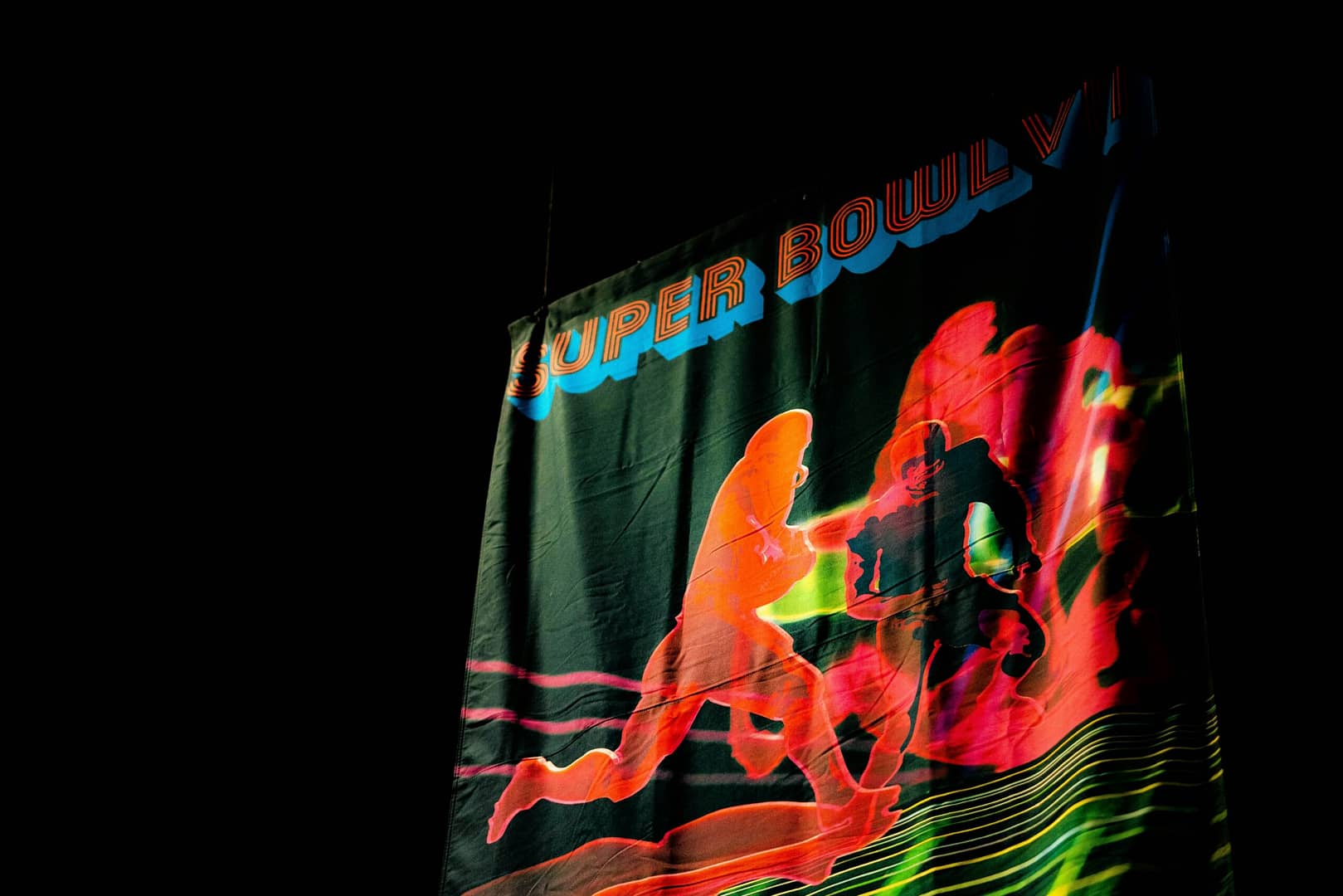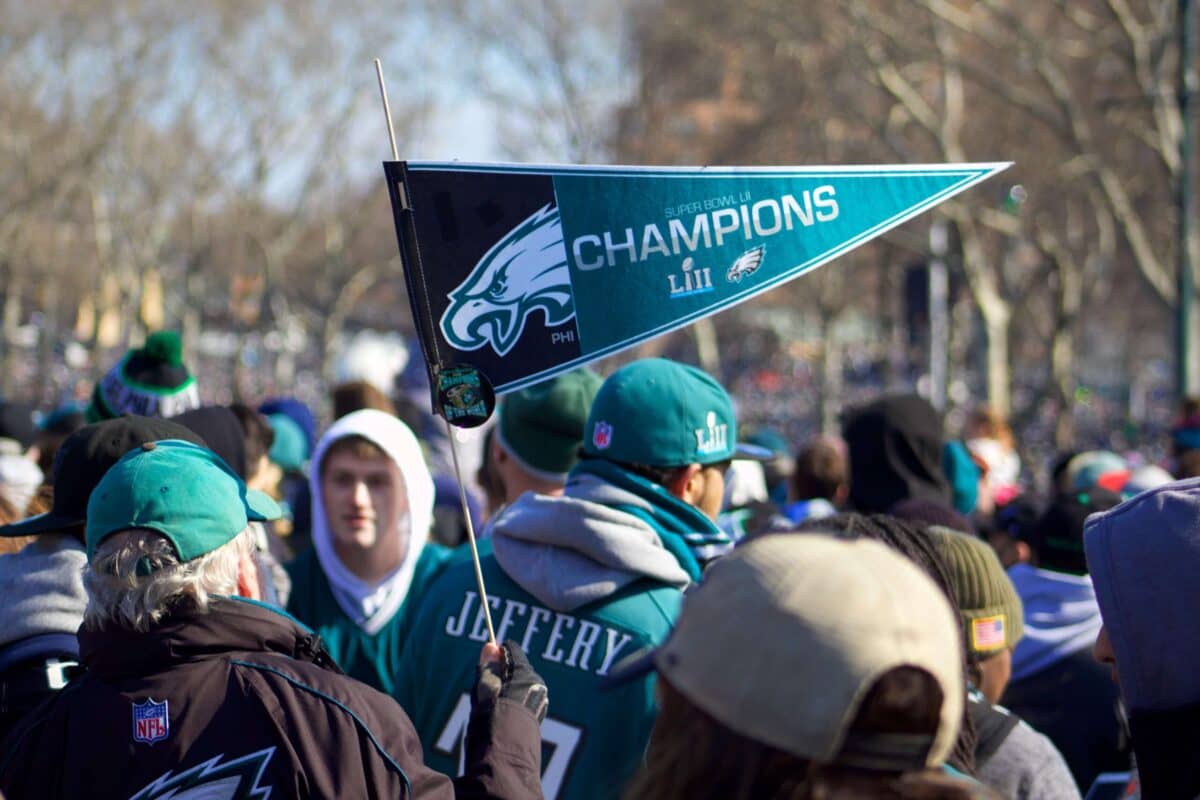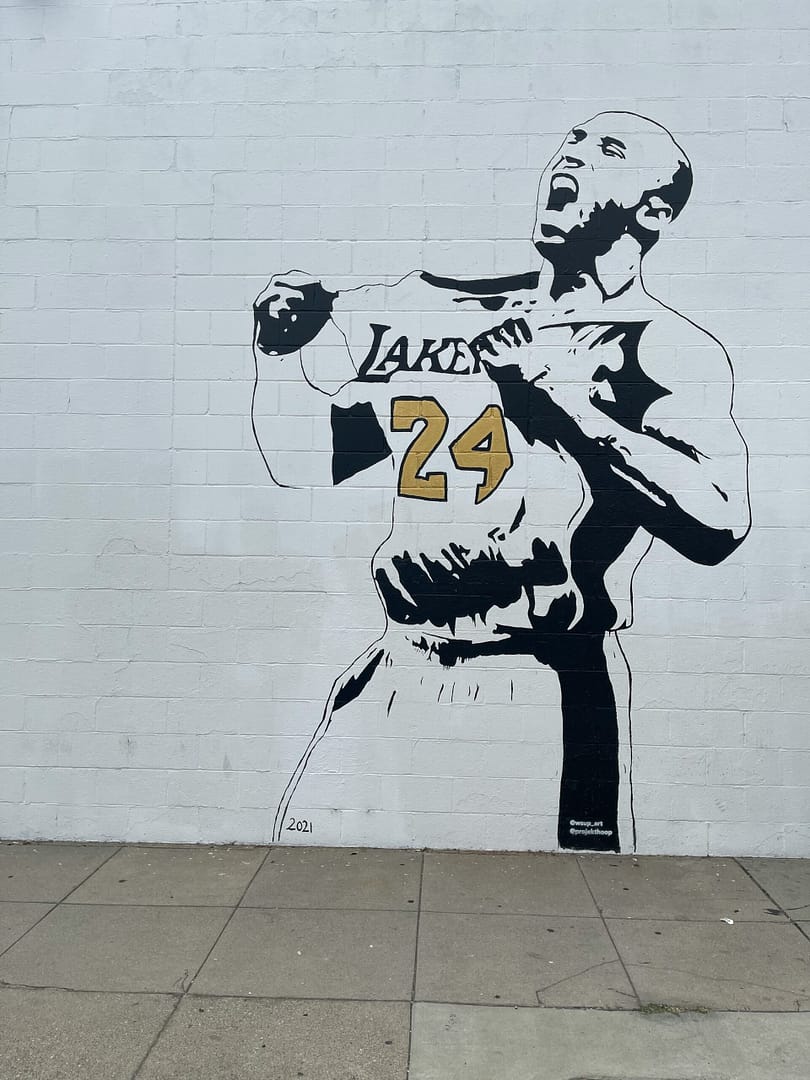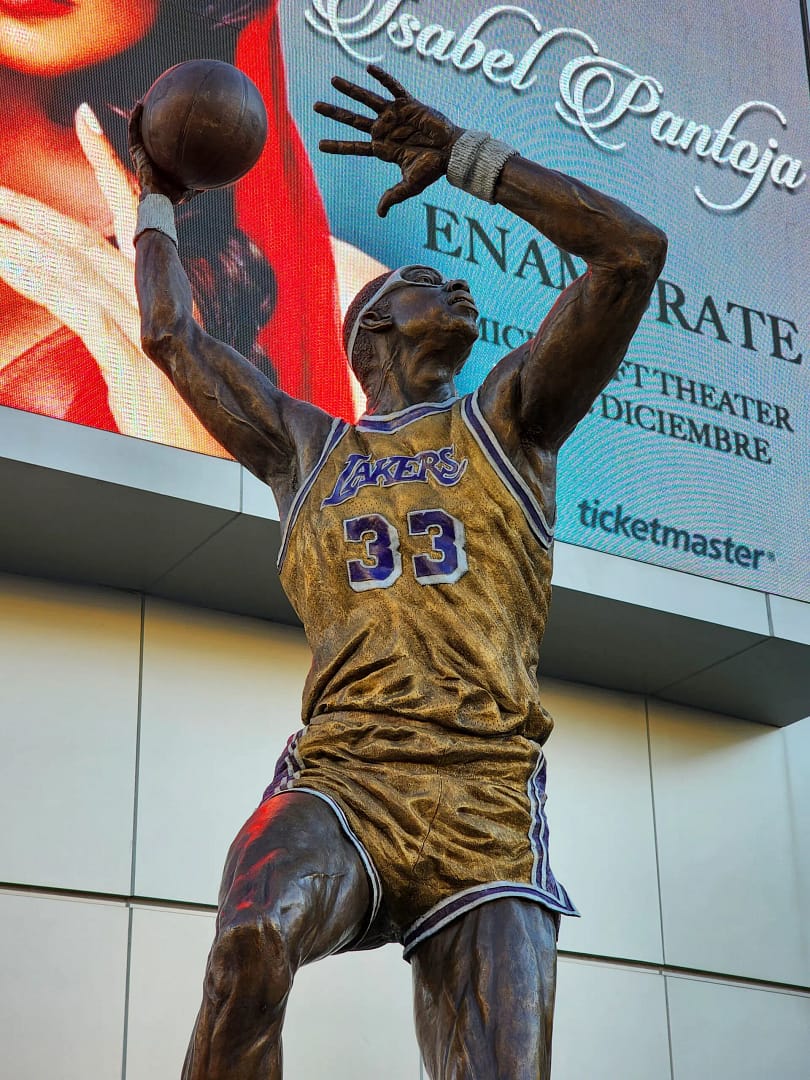The Super Bowl extends beyond the competitive sports arena, evolving into the pinnacle of creative marketing. Brands enter a battleground of public opinion with campaigns that linger in discussions beyond the game’s final score.
What sets apart Super Bowl ads, aside from their hefty $7 million price tag? A significant portion of surveyed US adults see these ads as entertainment rather than just marketing.
In 2019, viewers spent 641,000 hours watching Super Bowl ads on YouTube, a 58% increase from the previous year.
The Main Point:
- Advertisements beyond traditional marketing – Super Bowl ads go beyond conventional marketing, being perceived as entertainment by most U.S. adults.
- The significance of cultural impact matters – Timeless commercials like Budweiser’s “Whassup?” not only etch enduring memories but also propel sales.
- Narrative triumphs – Compelling Super Bowl commercials blend creativity, emotional resonance, and humor to craft unforgettable narratives.
Photo by Luigi Estuye, LUCREATIVE® on Unsplash
Budweiser — “ Whassup? ”
Take a journey back to the year 2000, a time when Budweiser introduced its “Whassup?” commercial, airing it during Super Bowl XXXIV.
Jason Hanson attributes the enduring success of this commercial to its lasting cultural impact. The “Whassup?” ad popularized the catchphrase and drove a sales growth of 2.4 million barrels, earning $20 million in free publicity, according to Hanson. He emphasized that every utterance of “wasssssup” seemed to translate into another beer sold by Anheuser-Busch.
Aaron Goldman, Mediaocean’s CMO, praised the commercial as one of the most iconic Super Bowl ads, emphasizing its infectious catchiness. He and his friends found themselves repeating the line incessantly for years after its debut.
Goldman noted that, while the “Whassup” phrase isn’t inherently tied to beer, it effectively conveys camaraderie among friends. This, he explained, fosters warm and humorous associations with the brand. Drawing a parallel, he discussed his company’s approach in their inaugural Super Bowl ad for Flashtalking.
The CEO humorously concludes, “This ad could have been an email!” resonating with marketing executives enduring endless Zoom calls.
Doritos — ” Free Doritos “
Have you ever desired complimentary Doritos? One employee achieves just that using his “crystal ball,” also known as a snow globe
Crafted in 2009, this advertisement originated from two jobless siblings hailing from Batesville, Indiana. They crafted the spot for an online amateur competition, winning $1 million and the admiration of Super Bowl spectators.
The commercial embodies the qualities that make Super Bowl ads unforgettable: humor, unexpected elements, and relatability.
The duo crafted a comedic and absurd scene that engaged audiences, sparking discussions and widespread sharing. This extended the campaign’s influence well beyond the confines of game day.
Snickers — “ You’re Not You When You’re Hungry “
Back in 2009, Betty White made a surprising appearance on the football field, but not as a Super Bowl player. In a Snickers advertisement, she selflessly contributes to the team, delivering the memorable line: “You’re not you when you’re hungry.”
This advertisement shares common characteristics with other remarkable Super Bowl commercials featuring humor, unexpected turns, and a memorable tagline. Following this initial success, Snickers has enjoyed over a decade of prosperity with its subsequent “You’re Not You…” marketing campaigns. Even today, the phrase remains strongly linked with the chocolate brand.
The success of the Betty White ad sparked a petition for her to host “SNL” at age 88, garnering nearly a million signatures. The outcome? She secured the hosting opportunity.
Tide — “ It’s a Tide Ad “
Have you ever encountered an advertisement that left you questioning, “What’s the purpose?” Well, that’s precisely the effect Tide aimed to achieve with the series of Super Bowl ads they aired in 2018.
McGriff noted Tide as the pioneer in “hacking” Super Bowl advertising, creating suspenseful atmospheres.
According to her, each Tide ad left viewers speculating its nature—whether a standard product ad or a Tide ad. McGriff emphasized that the element of surprise is crucial for crafting an effective Super Bowl ad that resonates.
She explained that if an ad is predictable, lacks a twist, or is uninteresting, it fails to capture attention. However, surprising the audience and maintaining engagement throughout the game is a smart strategy, as demonstrated by Tide. This approach has not only been clever but also influential, inspiring other brands to follow suit in recent years.
Apple — “ 1984 “
If you’re familiar with George Orwell’s “1984,” then you’ll recognize the specific ambiance Ridley Scott aimed to create while directing this Super Bowl advertisement.
According to Hanson, this ad is widely considered one of the greatest ever and is recognized for its immense impact. It cultivated Apple’s fanbase, surpassing sales expectations with 72,000 computers sold in 100 days. The ad’s icon status stems from eschewing low-brow humor, sparking a movement that inspired rebels to unite with the challenger brand.
Wendy’s — “ Where’s the Beef “
Wendy’s Super Bowl commercial, featuring the famous “Where’s the Beef” catchphrase, first premiered in 1984. However, even four decades later, the expression remains widely recognized and employed by many.
Upon its initial broadcast, the fast-food chain’s advertisement swiftly became a cultural sensation, embodying the key elements of memorable advertising through a catchy slogan and a humorous melody. It stood out for directly confronting competitors and emphasizing its larger burger patties.
The commercial’s triumph stems from its straightforwardness, humor, and clear messaging. However, the expression “Where’s the Beef?” surpassed the confines of the advertisement, becoming a part of everyday language to signify something lacking substance in mainstream vocabulary.
Volkswagen — “ The Force “
Featuring an adorable child in a commercial is always a winning formula. That’s precisely the approach Volkswagen adopted for its 2011 Super Bowl ad titled “The Force.”
The ad’s allure lies in its skillful fusion of humor and nostalgia. It showcases a young child dressed as Darth Vader attempting to wield the Force on various household items—finally succeeding with the family’s Volkswagen, thanks to some remote assistance from Dad.
What made the ad resonate so strongly with audiences? Firstly, it leveraged the enduring popularity of “Star Wars,” invoking a sense of nostalgia for older generations while captivating younger viewers. Additionally, it portrayed a heartwarming family moment, establishing relatability across a wide audience.
In essence, the ad’s uncomplicated plot, coupled with the use of a beloved cultural reference, not only entertained and emotionally connected viewers but also cast the brand in a positive light.
Always — “ #LikeAGirl “
According to Michaella Bloom, the founder and head of culture at CLTR LAB, the 2015 Super Bowl commercial by Always exemplifies a brand’s ability to establish a cultural movement through compelling and thought-provoking storytelling.
“#likeagirl was a trailblazer, empowering young women to embrace confidence and strength in their own identities,” explained Michaella Bloom, the founder and head of culture at CLTR LAB. She highlighted its iconic status, particularly noteworthy amid numerous male-centric ads.
According to Bloom, for a Super Bowl ad to leave a lasting impact, it must forge connections and transcend generational boundaries in a culturally relevant manner. Many Super Bowl ad teasers on TikTok, she observed, seem to lack the inclusion of diverse talent spanning various age groups.
Bloom emphasized that while most brands tend to stay within a ‘safe’ zone by aiming to connect with their traditional audience, there is a missed opportunity to engage with new demographics. She noted that people might think Gen Z communicates differently, but ultimately, brands can establish connections across all age groups by invoking emotions and inspiring human connections through thought-provoking storytelling.
Ameriquest Mortgage Company — “ Cat Killer “
Your brand doesn’t need widespread recognition to captivate viewers or inject humor into Super Bowl Sunday. Although Ameriquest Mortgage Company is no longer in existence, it once stood as one of the leading subprime mortgage lenders in the United States.
In this advertisement, a man attempts to create a romantic pasta dinner for his partner, but his efforts take an unexpected turn when she arrives home to see him holding a cat in one hand and a knife in the other, with a splatter of red on the ground.
The commercial concludes with the tagline, “Don’t judge too quickly. We won’t.” This not only provides a memorable ending but also effectively communicates the brand’s dedication to giving customers the benefit of the doubt.
The ad’s charm lies in its use of humor to tackle a common human tendency, leaving a lasting impression and prompting viewers to reconsider their assumptions.
E-Trade — “ Talking Babies ”
Adopting cute babies is a surefire way to capture attention in advertising. However, when you combine that adorable factor with humor, you get E-Trade’s talking babies.
A 30-second commercial, initially aired during the 2008 Super Bowl, garnered attention by featuring an unexpected scenario—a baby articulating adult topics in an adult voice. The spot concluded humorously with the baby doing what babies naturally do—spitting up.
E-Trade successfully demystified the intimidating aspects of investing for the average audience, introducing the perfect catchphrase: “So simple, even a baby can do it.” The innovative and humorous concept resonated with a broad audience, highlighting the company’s recognition of the potency of humor in dismantling barriers and effectively conveying its brand message.
Pepsi’s — “The Joy of Pepsi”
Super Bowl XXXV witnessed a groundbreaking moment that forever altered the intersection of pop music and football. Britney Spears, in her debut as a Pepsi spokesperson, left an indelible mark by shedding her Pepsi jumpsuit and unveiling an iconic ad.
Football experienced a transformative moment when Britney Spears dramatically unveiled herself from a Pepsi jumpsuit at the start of this legendary ad. In her inaugural role as a Pepsi spokesperson, Spears not only delivered an original song that revamped the concept of “pop” in soda pop but also transformed a Pepsi beverage factory into a dynamic stage. Accompanied by Pepsi “employees” dancing in the background, the singer’s vivacious personality and captivating choreography left an enduring impression.
From “The Joy of Pepsi” to her standout halftime performance, Britney Spears undeniably emerged as the victor of Super Bowl XXXV, forever altering the landscape of the game.
Snickers — “You’re Not You When You’re Hungry”
In a Snickers ad that takes their iconic tagline, “You’re not you when you’re hungry,” to new heights, Betty White becomes the unexpected face of a humorous transformation.
This Snickers advertisement elevates their famous tagline, “You’re not you when you’re hungry,” to a whole new level, illustrating that it’s not just about being different but embodying the persona of Betty White.
In the clip, a group of men, along with the late Golden Girls star, engage in a football game. When White receives a pass, she endures a forceful tackle into a muddy puddle. Upon returning to her team, she faces playful criticism for her “sloppy” playing, with one teammate remarking, “You’re playing like Betty White out there.” In response, the actress wittily retorts, “That’s not what your girlfriend says!”
Enter a woman onto the field, urging White to “eat a Snickers.” With just one bite, White undergoes a humorous transformation back to Mike, ready to rejoin the game. This clever ad not only amplifies Snickers’ iconic slogan but also showcases their creative approach to illustrating the impact of hunger on one’s character.
Old Spice’s — “The Man Your Man Could Smell Like”
In 2010, Old Spice disrupted the advertising landscape with a memorable campaign urging viewers to reconsider settling for ordinary soap-scented men. Featuring the charismatic Isaiah Mustafa as the spokesperson, the commercial took viewers on a whimsical and romantic journey, enticing them to envision their boyfriends adopting Mustafa’s charm simply by smelling like him.
In 2010, Old Spice urged viewers to embrace its scent, suggesting a transformation into someone like Isaiah Mustafa. The campaign playfully suggested the seemingly improbable becomes achievable when your man embraces the scent of Old Spice.
McDonald’s — “The Showdown”
This McDonald’s ad, featuring NBA legends Larry Bird and Michael Jordan, achieved instant classic status when it premiered during Super Bowl XXVII in 1993. The playful competition unfolds as Bird challenges Jordan to a game for a Big Mac and fries, leading to an epic shootout that escalates from the basketball court to Chicago’s iconic landmarks.
The iconic McDonald’s commercial featuring Larry Bird and Michael Jordan debuted during Super Bowl XXVII in 1993. Bird challenges Jordan to a basketball game for a Big Mac and fries, with the loser watching the winner eat.
With escalating stakes, Bird and Jordan showcase their skills, prompting viewers to grab a Big Mac as the competition unfolds. The shootout extends from the court to various Chicago landmarks, persisting even after the McDonald’s jingle plays. The commercial concludes with Bird and Jordan contemplating an audacious trick shot on the edge of the Hancock Center.
Lay’s — “Golden Memories”
In the 2022 Super Bowl commercial titled “Golden Memories” by Lay’s, longtime friends and co-stars Seth Rogen and Paul Rudd come together to promote Lay’s potato chips.
In the 2022 Super Bowl, Seth Rogen and Paul Rudd promote Lay’s potato chips.
In tuxedos, they share Lay’s, reminiscing about their first road trip and heartfelt conversations during turbulent plane rides. Dressed in tuxedos, the duo shares Lay’s and reminisces about their first road trip and heartfelt conversations.
The trip down memory lane concludes with the revelation that they were snacking before Rogen’s wedding, explaining their formal attire. Rogen walks down the aisle with his bride from the haunted house, and guests joyfully shower them with potato chips.
To take matters to a close,
Super Bowl ads have transcended traditional marketing, becoming a cultural phenomenon and a significant battleground for creative marketing endeavors. Super Bowl ads, seen as entertainment, make a cultural impact, creating lasting memories and driving significant sales growth for brands.
In summary, Super Bowl ads like Budweiser’s “Whassup?” and Doritos’ “Free Doritos” leverage humor and relatability to create unforgettable narratives. Snickers’ “You’re Not You When You’re Hungry” and Lay’s “Golden Memories” exemplify the lasting success of impactful Super Bowl commercials. These examples underscore the power of humor and unexpected elements in capturing audience attention and creating memorable brand experiences.



